Treatments> Urology
At MEDVOYAGER, our urology department provides a comprehensive range of diagnostic and therapeutic services to treat conditions related to the urinary tract and male reproductive system. Our team of highly skilled urologists and advanced medical technology ensures that patients receive personalized, effective, and minimally invasive care.

Can be performed using various techniques, often under local or general anesthesia

Reduces the risk of urinary tract infections, penile cancer, and sexually transmitted infections.

The device cuts and staples the foreskin in a single action, minimizing bleeding.

Faster procedure, minimal bleeding, quicker recovery, and less pain.

Treatment options include medication, Extracorporeal Shock Wave Lithotripsy (ESWL), ureteroscopy, and surgery.

Alleviates pain, prevents complications, and restores normal kidney function.

Options include aspiration and sclerotherapy or surgical removal (hydrocelectomy).

Reduces swelling, relieves discomfort, and prevents recurrence.

Shock waves are directed at the kidney stones to break them into smaller pieces that can be passed through urine.

Non-invasive, minimal pain, and quick recovery

The ureteroscope is passed through the urethra and bladder to the kidney, where the stones are fragmented and removed.

Minimally invasive, precise stone removal, and faster recovery.

A nephroscope is inserted through the incision to locate and remove the stones.

Effective for large or complex stones, shorter hospital stay, and high success rate.

The ureteroscope is inserted through the urethra to the ureter, where the stones are fragmented and removed.

Minimally invasive, effective for ureteral stones, and quick recovery.

Treatments include medication, Transurethral Resection of the Prostate (TURP), laser therapy, and minimally invasive techniques.

Relieves urinary symptoms, improves quality of life, and reduces the risk of complications

The frenulum is incised and sutured to allow for greater movement and reduce tension.

Alleviates pain during erection, improves sexual function, and enhances comfort.

Treatment includes topical or oral antibiotics or antifungal medications, improved hygiene, and circumcision in recurrent cases.

Reduces inflammation, alleviates pain, and prevents recurrence.

Treatment includes topical or oral medications, improved hygiene, and circumcision in recurrent cases.

Reduces inflammation, alleviates pain, and improves overall penile health.

Manual reduction, topical anesthetics, or surgical intervention (dorsal slit or circumcision) may be required.

Alleviates pain and swelling, prevents further complications, and restores normal function.

Treatment includes antibiotics or antifungal medications, improved hygiene, and circumcision in recurrent cases.

Clears infection, alleviates symptoms, and prevents recurrence.

Can be performed using open surgery, laparoscopic surgery, or robotic-assisted surgery, depending on the condition (e.g., prostate cancer, BPH).

Treats prostate cancer, alleviates urinary symptoms, and improves quality of life.

Treatments include topical steroids, manual stretching, or circumcision.

Improves hygiene, alleviates pain and discomfort, and prevents infections.

Treatments include topical steroids, manual stretching, or surgical intervention like circumcision.

Relieves symptoms, improves hygiene, and prevents complications such as infections.

MEDVOYAGER is a leading healthcare provider dedicated to offering a comprehensive range of medical and surgical treatments to enhance the well-being and quality of life for our patients. Our mission is to provide top-tier care by combining advanced medical technology, skilled professionals, and a patient-centered approach in a compassionate and welcoming environment.

MEDVOYAGER is a leading healthcare provider dedicated to offering a comprehensive range of medical and surgical treatments to enhance the well-being and quality of life for our patients. Our mission is to provide top-tier care by combining advanced medical technology, skilled professionals, and a patient-centered approach in a compassionate and welcoming environment.
MEDVOYAGER is a leading healthcare provider dedicated to offering a comprehensive range of medical and surgical treatments to enhance the well-being and quality of life for our patients. Our mission is to provide top-tier care by combining advanced medical technology, skilled professionals, and a patient-centered approach in a compassionate and welcoming environment.